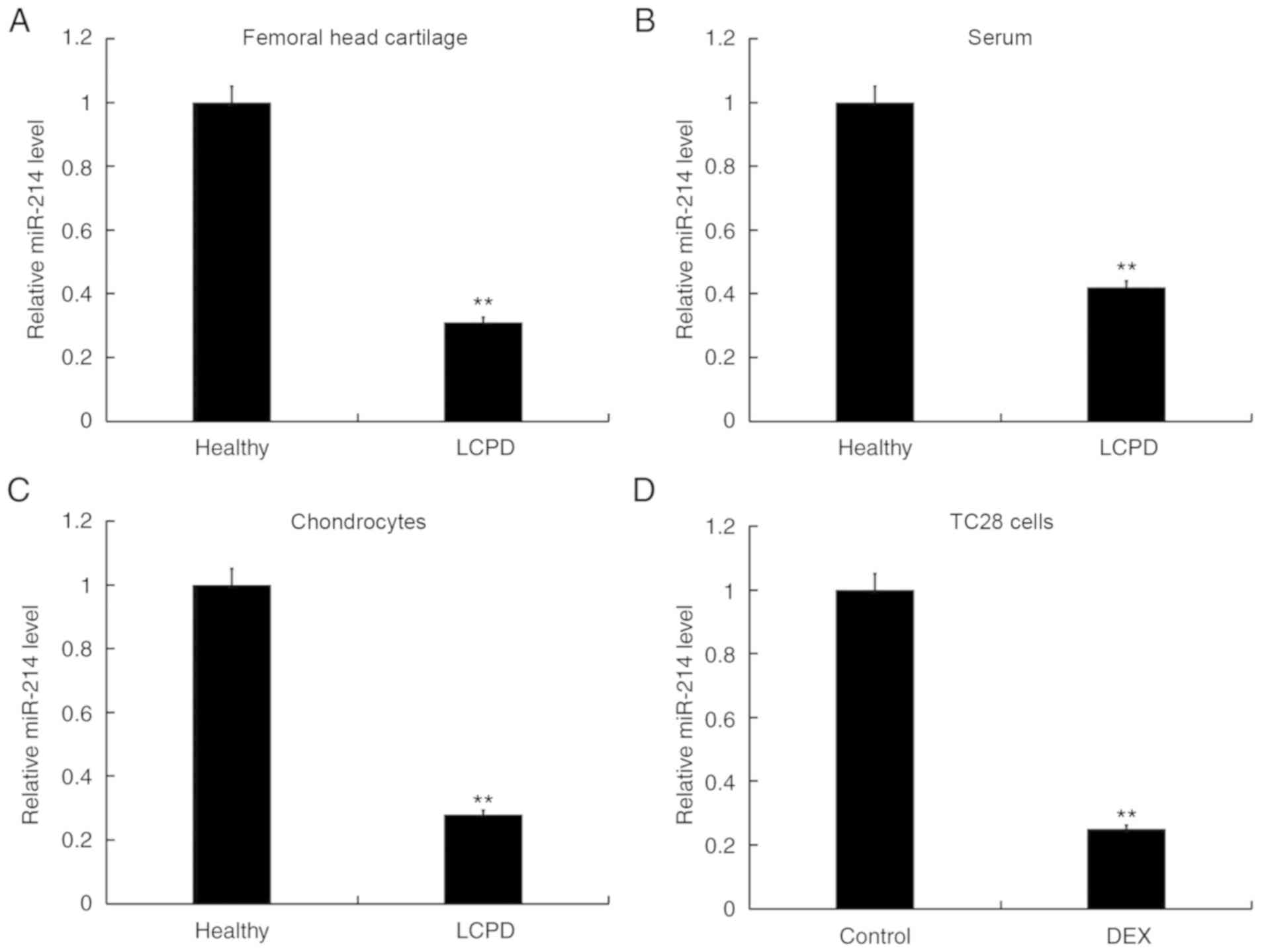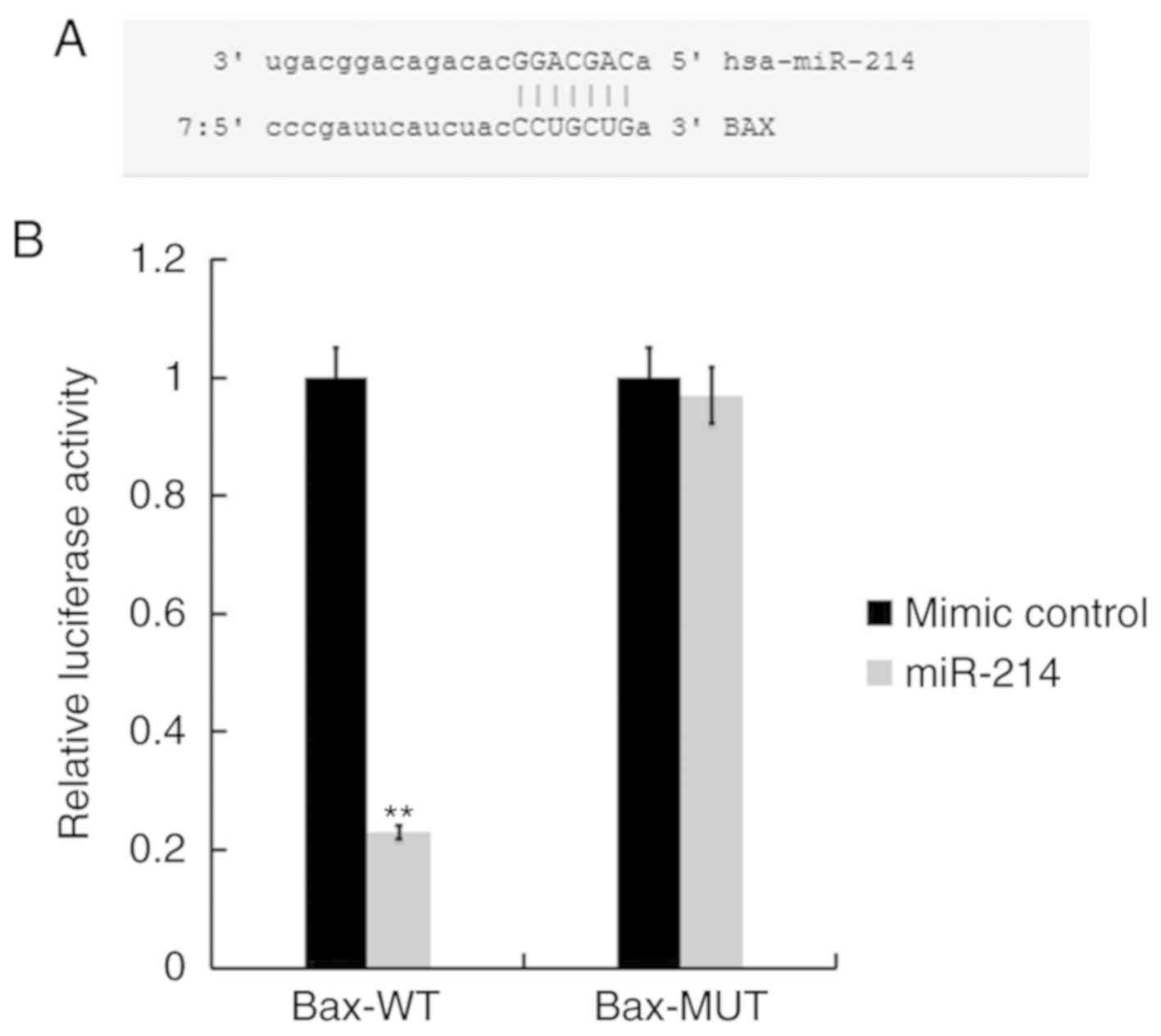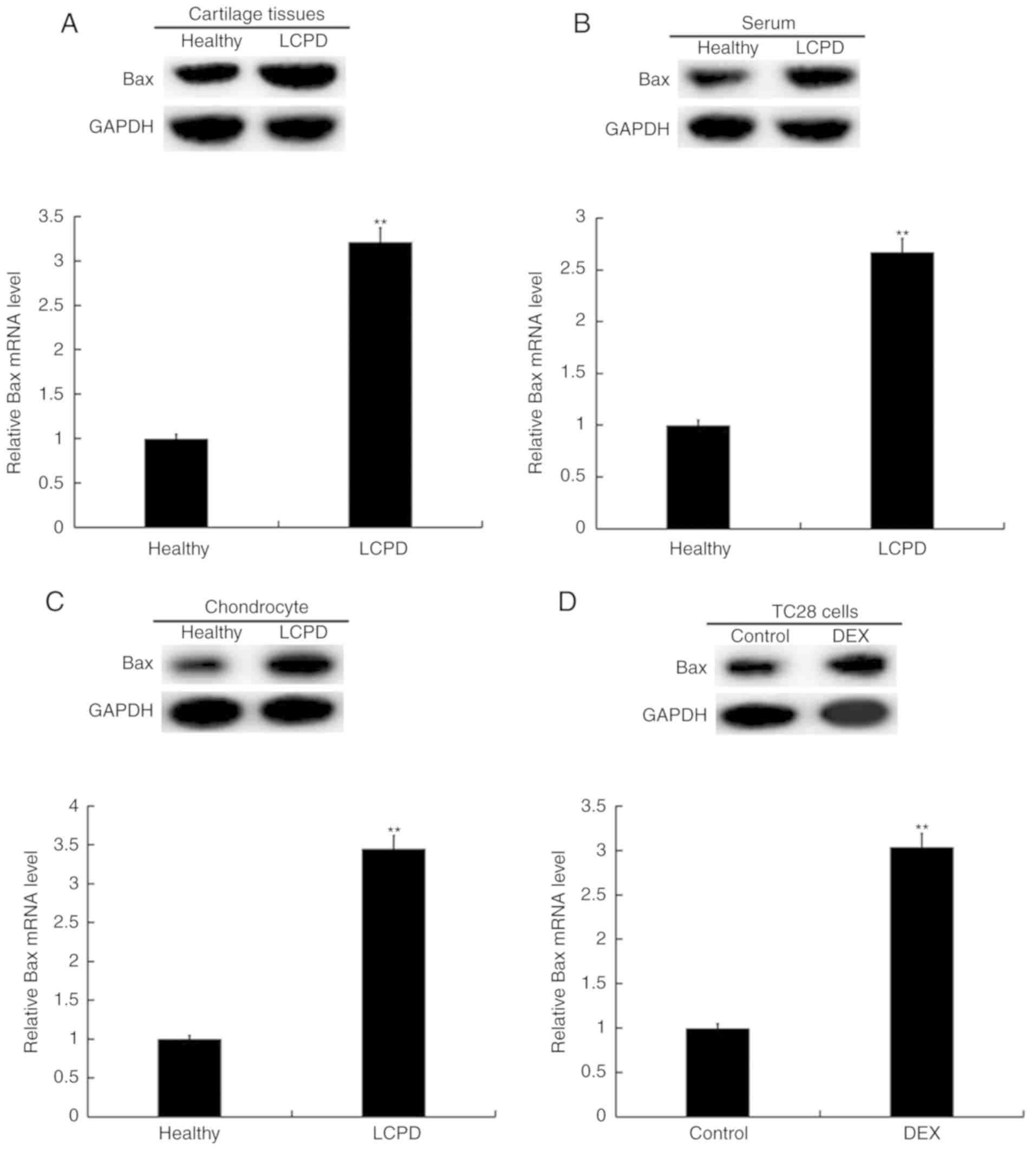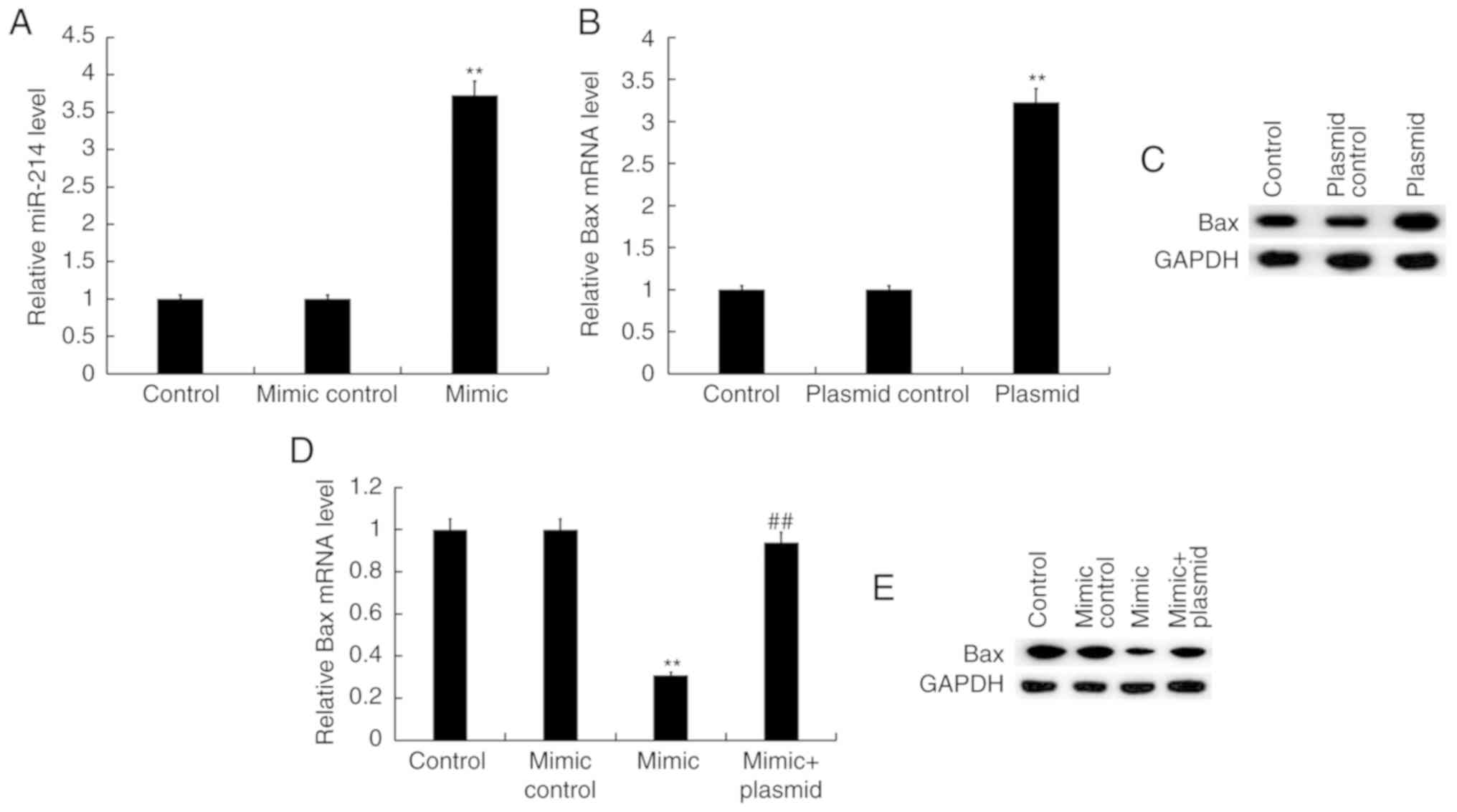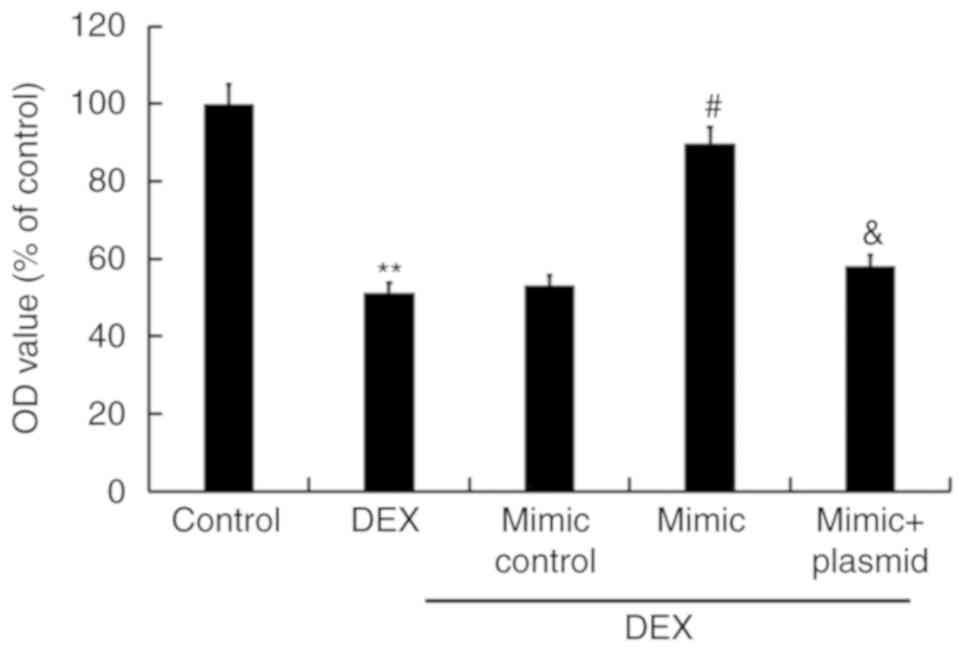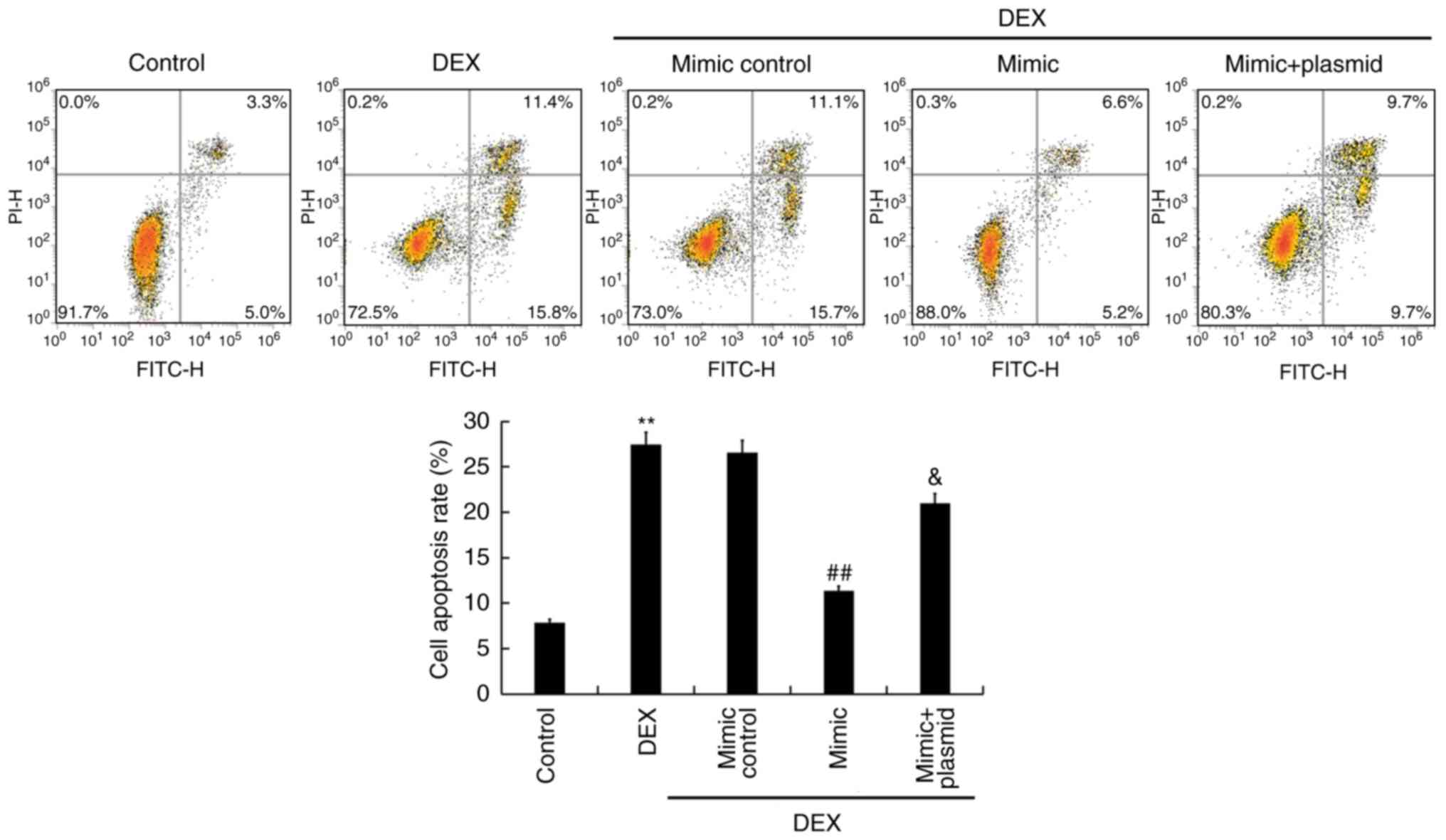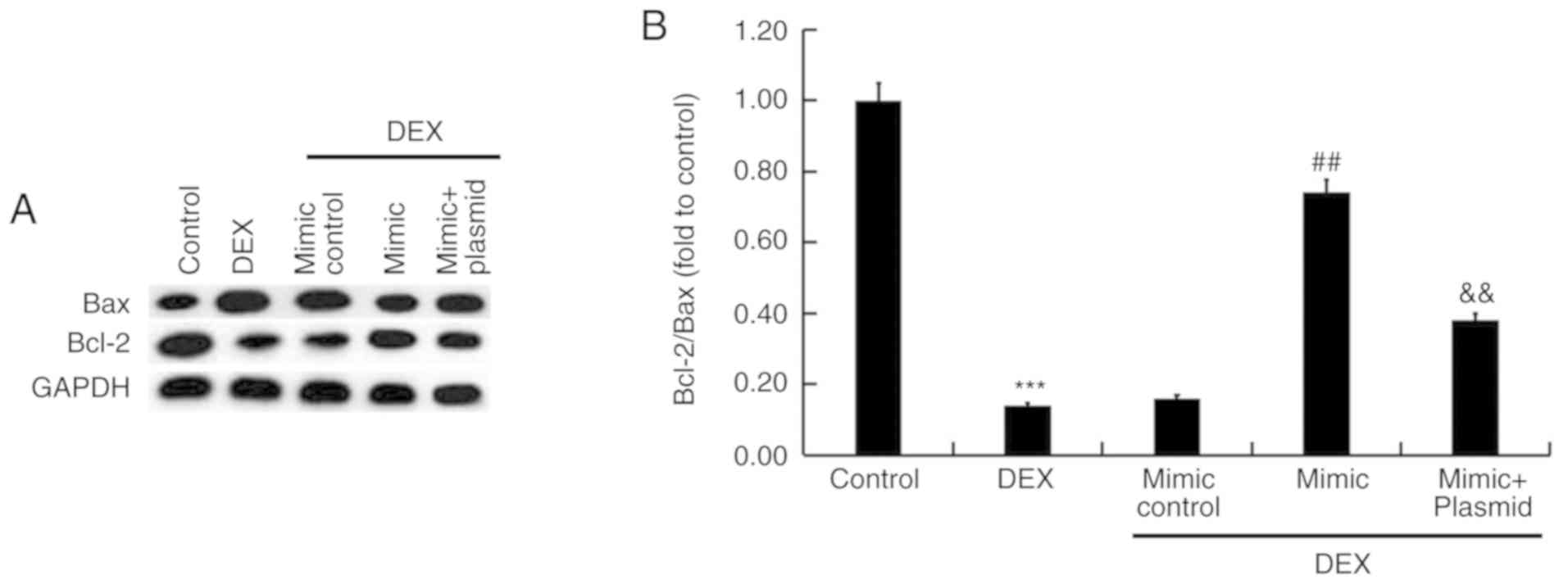|
1
|
Ponseti IV, Maynard JA, Weinstein SL,
Ippolito EG and Pous JG: Legg-Calvé-Perthes disease. Histochemical
and ultrastructural observations of the epiphyseal cartilage and
physis. J Bone Joint Surg Am. 65:797–807. 1983. View Article : Google Scholar : PubMed/NCBI
|
|
2
|
Schoenecker PL, Stone JW and Capelli AM:
Legg-Perthes disease in children under 6 years old. Orthop Rev.
22:201–208. 1993.PubMed/NCBI
|
|
3
|
Oda J, Hirano T, Iwasaki K and Majima R:
Vascular occlusion and cartilage disorders in osteonecrosis of the
femoral head in rats. Int Orthop. 20:185–189. 1996. View Article : Google Scholar : PubMed/NCBI
|
|
4
|
Hailer YD, Haag AC and Nilsson O:
Legg-Calvé-perthes disease: Quality of life, physical activity, and
behavior pattern. J Pediatr Orthop. 34:514–521. 2014. View Article : Google Scholar : PubMed/NCBI
|
|
5
|
Leroux J, Abu Amara S and Lechevallier J:
Legg-Calvé-Perthes disease. Orthop Traumatol Surg Res.
104:S107–S112. 2018. View Article : Google Scholar : PubMed/NCBI
|
|
6
|
Park KS, Cho KJ, Yang HY, Eshnazarov KE
and Yoon TR: Long-term results of modified salter innominate
osteotomy for Legg-Calvé-Perthes disease. Clin Orthop Surg.
9:397–404. 2017. View Article : Google Scholar : PubMed/NCBI
|
|
7
|
Rosello O, Solla F, Oborocianu I, Chau E,
ElHayek T, Clement JL and Rampal V: Advanced containment methods
for Legg-Calvé-Perthes disease: Triple pelvic osteotomy versus
Chiari osteotomy. Hip Int. 28:297–301. 2018. View Article : Google Scholar : PubMed/NCBI
|
|
8
|
Powell MK: Dealing with a casted
Legg-Calvé-Perthes diseases child. ONA J. 6:495–497.
1979.PubMed/NCBI
|
|
9
|
Srzentić S, Nikčević G, Spasovski D,
Baščarević Z, Živković Z, Terzic-Šupić Z, Matanović D, Djordjević
V, Pavlović S and Spasovski V: Predictive genetic markers of
coagulation, inflammation and apoptosis in Perthes disease-Serbian
experience. Eur J Pediatr. 174:1085–1092. 2015. View Article : Google Scholar : PubMed/NCBI
|
|
10
|
Koob TJ, Pringle D, Gedbaw E, Meredith J,
Berrios R and Kim HK: Biomechanical properties of bone and
cartilage in growing femoral head following ischemic osteonecrosis.
J Orthop Res. 25:750–757. 2007. View Article : Google Scholar : PubMed/NCBI
|
|
11
|
Zhang W, Yuan Z, Pei X and Ma R: In vivo
and in vitro characteristic of HIF-1alpha and relative genes in
ischemic femoral head necrosis. Int J Clin Exp Pathol. 8:7210–7216.
2015.PubMed/NCBI
|
|
12
|
Bartel DP: MicroRNAs: Genomics,
biogenesis, mechanism, and function. Cell. 116:281–297. 2004.
View Article : Google Scholar : PubMed/NCBI
|
|
13
|
Kim J, Yao F, Xiao Z, Sun Y and Ma L:
MicroRNAs and metastasis: Small RNAs play big roles. Cancer
Metastasis Rev. 37:5–15. 2018. View Article : Google Scholar : PubMed/NCBI
|
|
14
|
Chen CZ, Li L, Lodish HF and Bartel DP:
MicroRNAs modulate hematopoietic lineage differentiation. Science.
303:83–86. 2004. View Article : Google Scholar : PubMed/NCBI
|
|
15
|
Fujii T, Shimada K, Nakai T and Ohbayashi
C: MicroRNAs in smoking-related carcinogenesis: Biomarkers,
functions, and therapy. J Clin Med. 7:E982018. View Article : Google Scholar : PubMed/NCBI
|
|
16
|
Luo J, Han J, Li Y and Liu Y:
Downregulated SOX9 mediated by miR-206 promoted cell apoptosis in
Legg-Calvé-Perthes disease. Oncol Lett. 15:1319–1324.
2018.PubMed/NCBI
|
|
17
|
Roberto VP, Gavaia P, Nunes MJ, Rodrigues
E, Cancela ML and Tiago DM: Evidences for a new role of miR-214 in
chondrogenesis. Sci Rep. 8:37042018. View Article : Google Scholar : PubMed/NCBI
|
|
18
|
Wang F, Tan WH, Liu W, Jin YX, Dong DD,
Zhao XJ and Liu Q: Effects of miR-214 on cervical cancer cell
proliferation, apoptosis and invasion via modulating PI3K/AKT/mTOR
signal pathway. Eur Rev Med Pharmacol Sci. 22:1891–1898.
2018.PubMed/NCBI
|
|
19
|
Yang H, Wu D, Li H, Chen N and Shang Y:
Downregulation of microRNA-448 inhibits IL-1β-induced cartilage
degradation in human chondrocytes via upregulation of matrilin-3.
Cell Mol Biol Lett. 23:72018. View Article : Google Scholar : PubMed/NCBI
|
|
20
|
Livak KJ and Schmittgen TD: Analysis of
relative gene expression data using real-time quantitative PCR and
the 2(-Delta Delta C(T)) method. Methods. 25:402–408. 2001.
View Article : Google Scholar : PubMed/NCBI
|
|
21
|
Vandermeer JS, Kamiya N, Aya-ay J, Garces
A, Browne R and Kim HK: Local administration of ibandronate and
bone morphogenetic protein-2 after ischemic osteonecrosis of the
immature femoral head: A combined therapy that stimulates bone
formation and decreases femoral head deformity. J Bone Joint Surg
Am. 93:905–913. 2011. View Article : Google Scholar : PubMed/NCBI
|
|
22
|
Loder RT and Skopelja EN: The epidemiology
and demographics of legg-calve-perthes' disease. ISRN Orthop.
2011:5043932011. View Article : Google Scholar : PubMed/NCBI
|
|
23
|
Long H, Wang X, Chen Y, Wang L, Zhao M and
Lu Q: Dysregulation of microRNAs in autoimmune diseases:
Pathogenesis, biomarkers and potential therapeutic targets. Cancer
Lett. 428:90–103. 2018. View Article : Google Scholar : PubMed/NCBI
|
|
24
|
Yao S, Zhao W, Ou Q, Liang L, Lin X and
Wang Y: MicroRNA-214 suppresses osteogenic differentiation of human
periodontal ligament stem cells by targeting ATF4. Stem Cells Int.
2017:30286472017. View Article : Google Scholar : PubMed/NCBI
|
|
25
|
Calder JD, Buttery L, Revell PA, Pearse M
and Polak JM: Apoptosis-a significant cause of bone cell death in
osteonecrosis of the femoral head. J Bone Joint Surg Br.
86:1209–1213. 2004. View Article : Google Scholar : PubMed/NCBI
|
|
26
|
Zhang M, Shi CY, Zhou ZL and Hou JF: Bone
characteristics, histopathology, and chondrocyte apoptosis in
femoral head necrosis induced by glucocorticoid in broilers. Poult
Sci. 96:1609–1614. 2017. View Article : Google Scholar : PubMed/NCBI
|
|
27
|
Zhang Z, Jin A and Yan D: MicroRNA206
contributes to the progression of steroid-induced avascular
necrosis of the femoral head by inducing osteoblast apoptosis by
suppressing programmed cell death 4. Mol Med Rep. 17:801–808.
2018.PubMed/NCBI
|
|
28
|
Li Z, Meng J, Xu TJ, Qin XY and Zhou XD:
Sodium selenite induces apoptosis in colon cancer cells via
Bax-dependent mitochondrial pathway. Eur Rev Med Pharmacol Sci.
17:2166–2171. 2013.PubMed/NCBI
|
|
29
|
Moll UM, Wolff S, Speidel D and Deppert W:
Transcription-independent pro-apoptotic functions of p53. Curr Opin
Cell Biol. 17:631–636. 2005. View Article : Google Scholar : PubMed/NCBI
|
|
30
|
Speidel D: Transcription-independent p53
apoptosis: An alternative route to death. Trends Cell Biol.
20:14–24. 2010. View Article : Google Scholar : PubMed/NCBI
|
|
31
|
Pagliara V, Saide A, Mitidieri E,
d'Emmanuele di Villa Bianca R, Sorrentino R, Russo G and Russo A:
5-FU targets rpL3 to induce mitochondrial apoptosis via
cystathionine-β-synthase in colon cancer cells lacking p53.
Oncotarget. 7:50333–50348. 2016. View Article : Google Scholar : PubMed/NCBI
|



